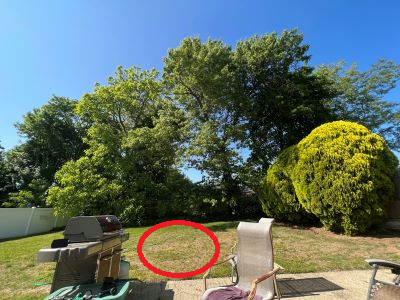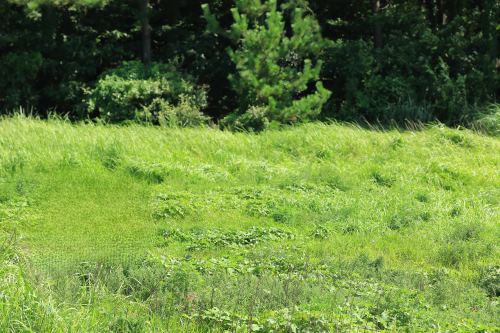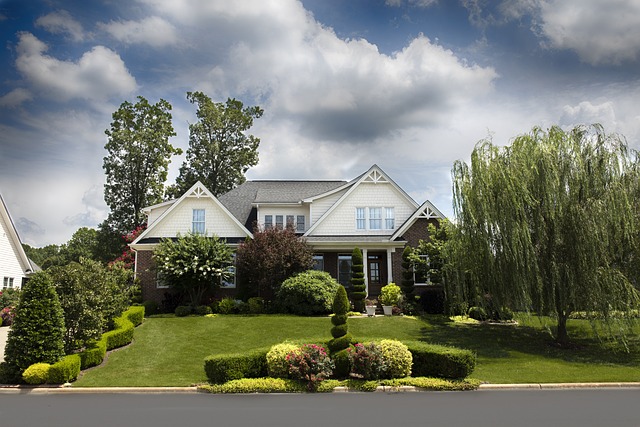
Introduction
A well-maintained lawn adds beauty, charm, and a sense of tranquility to any property and maintaining your lawn in Long Island is no different from anywhere else. However, achieving and maintaining a lush and attractive lawn requires regular care and attention. In this essay, we will explore the best practices for keeping a lawn looking nice, ensuring its health, vibrancy, and aesthetic appeal.
The Grass is Always Greener If You Do It Right!
Let’s take a look at what is needed to keep your lawn looking like new!
- Mowing: Proper mowing practices are crucial for maintaining a beautiful lawn. Regular mowing keeps the grass at an appropriate height, preventing it from becoming overgrown and unsightly. Set your mower blade to the recommended height for your grass type and avoid cutting it too short, as this can stress the grass and make it more vulnerable to weeds and diseases. Additionally, vary the mowing pattern each time to prevent soil compaction and encourage upright growth.
- Watering: Watering plays a significant role in lawn health and appearance. Deep, infrequent watering is preferable to frequent, shallow watering. This encourages deep-root growth and makes the grass more resilient to drought conditions. Water the lawn in the early morning to minimize evaporation and allow the grass to dry before evening, reducing the risk of fungal diseases. Use sprinklers or irrigation systems to ensure even coverage, and adjust watering frequency based on weather conditions and grass needs.
- Fertilizing: Fertilizing provides essential nutrients for optimal grass growth and a lush appearance. Apply fertilizers that are appropriate for your grass type and follow recommended application rates. Consider using slow-release or controlled-release fertilizers to provide a steady supply of nutrients over time. Timing is crucial, so fertilize during the active growth periods of your grass, typically in spring and fall. However, avoid over-fertilization as it can lead to excessive growth, thatch buildup, and environmental issues.
- Weed Control: Weeds can mar the beauty of a lawn, so effective weed control is essential. Regularly inspect the lawn for weeds and take prompt action to prevent their spread. Manual removal by hand is an environmentally friendly option for a few weeds. For larger infestations, consider using appropriate herbicides, either selective or non-selective, depending on the extent of the problem. Pre-emergent herbicides can be applied before weed seeds germinate to prevent their growth.
- Aeration: Lawn aeration is the process of creating small holes in the soil to alleviate compaction and improve air and water circulation in the root zone. This practice promotes healthier grass growth by enabling roots to access nutrients more effectively. Aerate the lawn once or twice a year, using aeration tools or equipment like a core aerator, especially in high-traffic areas or compacted soils.

Brown patches are indications that it is not seeded enough or need additional water. Photo: SS - Overseeding: If patches of bare areas show up, it most likely means that more seeding is required and/or it is not getting enough water. Overseeding is an effective way to rejuvenate and thicken the turf. Spread grass seed over existing grass to fill in these areas and enhance the overall density and appearance of the lawn. Choose the appropriate grass seed variety that matches your existing turf and follows the recommended seeding rates and practices for the best results and make sure that it is watered well.
- Maintenance: Regular maintenance tasks contribute to a lawn’s overall appearance. Remove debris such as leaves, twigs, and pet waste regularly to maintain a clean and tidy lawn. Keep mower blades sharp to achieve clean cuts and avoid damaging the grass. Regularly inspect and maintain your lawn equipment to ensure optimal performance.
- Pest and Disease Management: Long Island is notorious for an array of animals that roam your backyards. From squirrels to raccoons to rats and mice. The latter needs an exterminator to be called, so let’s hope you don’t get them if you happen to neglect to maintain your lawn. Pests and diseases can damage the health and aesthetics of a lawn. Monitor your lawn for signs of pests or diseases, such as discolored patches as mentioned above, thinning grass, or unusual insect activity. Take appropriate action if needed, such as using insecticides or fungicides, to address the issues promptly and prevent further damage.
- Sunlight and Shade: A no braining on this one. Just make sure your lawn gets as much sunlight as possible but with the appropriate watering as well.
What Happens If I Neglect My Lawn?

Photo: iStock
Besides just looking plain bad, if you neglect to maintain your lawn, several negative consequences can occur, affecting both the health and appearance of your lawn:
- Overgrowth: Without regular mowing, the grass will become overgrown and unkempt. Tall grass not only looks messy but also encourages weed growth, as sunlight is blocked and weeds can easily establish themselves.
- Weed invasion: Weeds thrive in neglected lawns. As the grass becomes weaker due to lack of care, weeds have the opportunity to invade and take over. They compete with the grass for nutrients, water, and sunlight, leading to an unsightly and uneven lawn.
- Pest infestation: Neglected lawns are more susceptible to pest infestations. Insects, such as grubs, chinch bugs, or armyworms, can damage the grass and create brown patches. Additionally, pests like ticks and fleas may find refuge in tall grass, posing potential health risks to humans and pets.
- Disease susceptibility: An unmaintained lawn is more vulnerable to diseases, such as fungal infections. Without proper care, the grass becomes stressed, making it easier for diseases to take hold and spread. Diseases can cause discoloration, thinning, and even death of the grass.
- Patchy and uneven growth: Without regular watering and proper irrigation, different areas of the lawn may receive varying levels of moisture. This can result in patchy and uneven growth, with some areas becoming dry and brown while others remain greener. The overall appearance of the lawn will be unattractive and inconsistent.
- Soil compaction: Foot traffic and lack of aeration contribute to soil compaction. Compacted soil restricts water penetration, air circulation, and root development. As a result, the grass will struggle to grow and may develop shallow root systems, making it less resilient to drought and other stresses.
- A decline in curb appeal: A neglected lawn significantly diminishes the overall curb appeal of your property. It can create a negative impression, affecting the aesthetics of your home or business and potentially lowering its market value.

It’s important to note that restoring a neglected lawn can be more challenging and time-consuming than regular maintenance. Reviving a neglected lawn often requires intensive efforts, such as extensive weed removal, reseeding, and soil amendment. Therefore, it’s best to prioritize regular lawn care and maintenance to prevent these issues from occurring in the first place.
A good, reputable landscaper is highly recommended. Find one from a neighbor’s recommendation or find those on Google that have excellent reviews. Happy lawning!